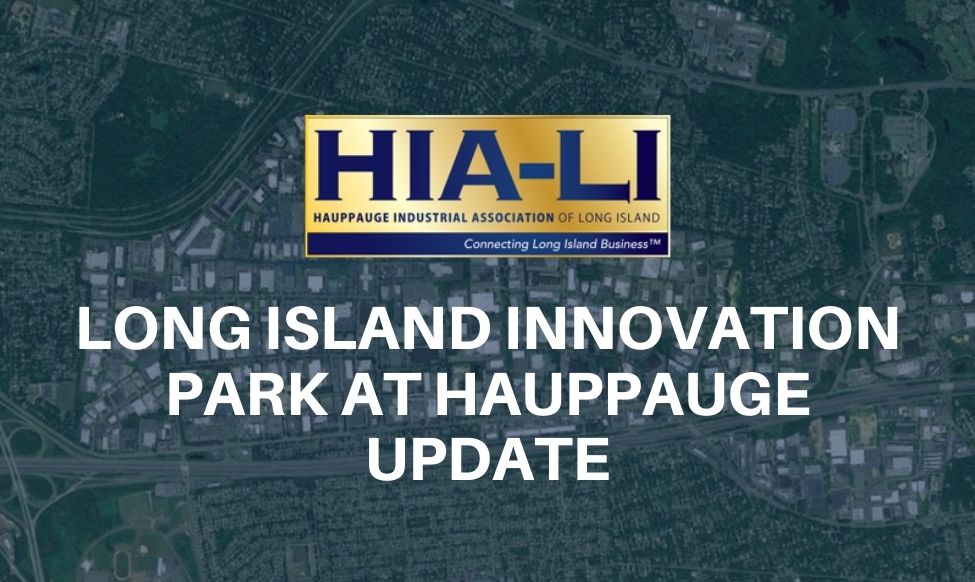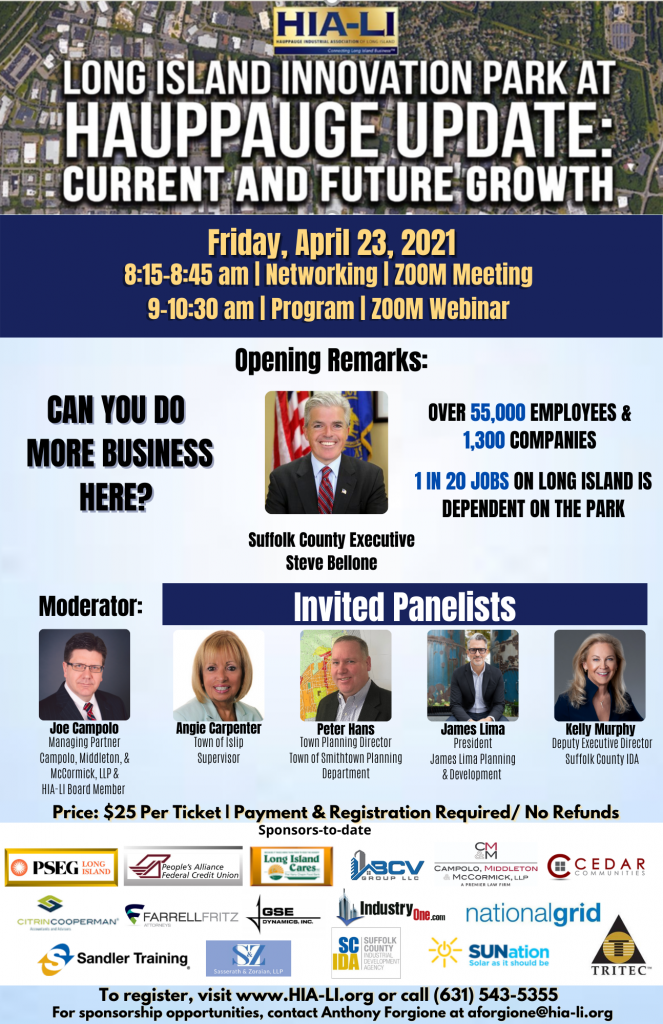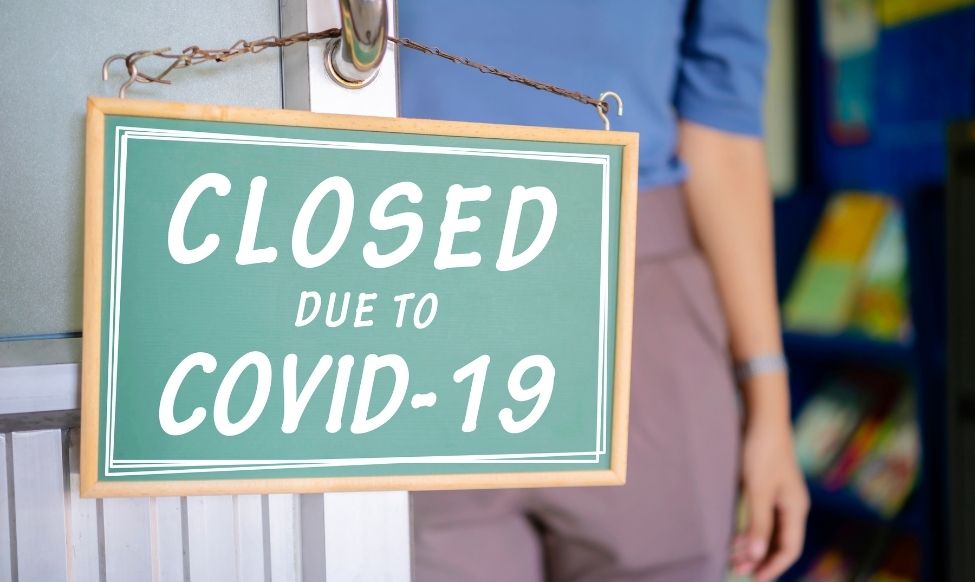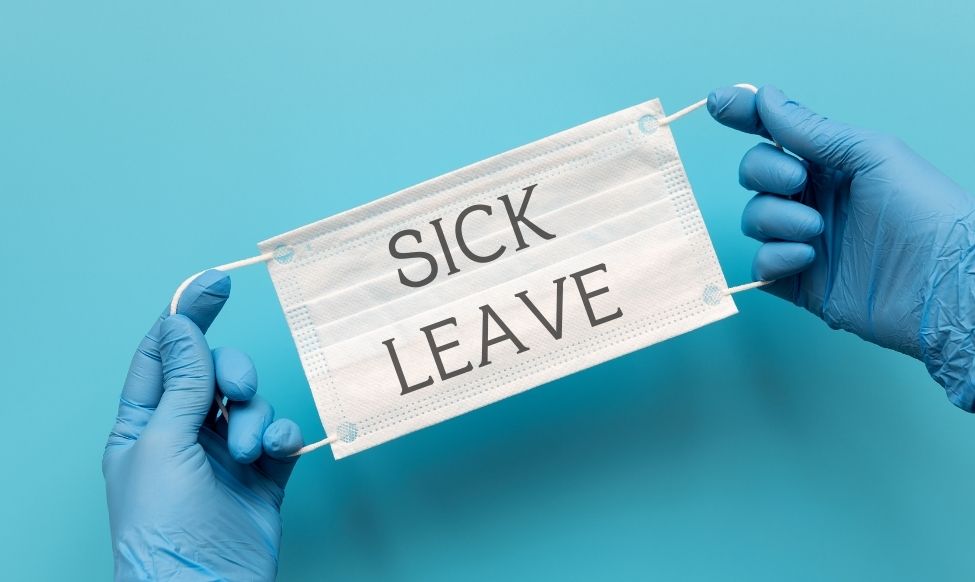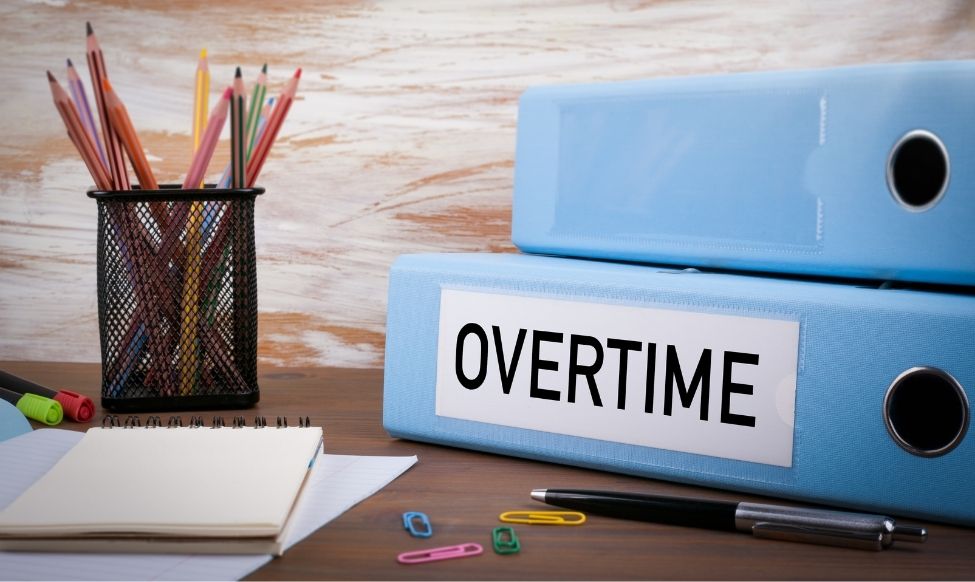Joe Campolo, Chairman of the Innovation Park Task Force, delivered these remarks at the HIA-LI “Tradable Sectors & How They Impact the Economy” conference on February 10, 2021. Joe addressed the importance of tradable industries in the LI Innovation Park at Hauppauge, HIA-LI’s relentless efforts to grow these business clusters, and the momentous accomplishments the Task Force has achieved thus far. The panel included Matthew Brown, Vice President of Network Solutions & Technology, John Finn, Director of Leasing & Acquisitions at Damianos Realty Group, LLC, Devin Kulka, CEO of The Kulka Group, Anne Shybunko-Moore, CEO & Owner of GSE Dynamics, Inc, and Marc Blitstein, President & CEO of American Diagnostic Corp.
Good morning. Today we are here to discuss the tradable sectors that anchor the Long Island Innovation Park at Hauppauge, which in turn anchors the Long Island and regional economies.
Contained within the Park’s 11 square miles are about 1,400 companies run by some of the most innovative minds in the country – several of whom we are fortunate to have on our panel today.
Thanks to the HIA-LI’s tireless efforts, including those of the Innovation Park Task Force which I proudly chair, the economic output of the Park has been well documented over the past few years. So has the fact that it is the second largest industrial park in the country, the first being Silicon Valley. These facts attracted the interest of our friends at the Suffolk IDA who, along with the RPA, commissioned an Opportunity Analysis to do a deeper dive into the businesses that reside in the Park and come up with initiatives to further anchor the Park to Long Island’s revitalized economy.
Nearly two years ago, the IDA released the more than 160-page report, and the conclusions were staggering – in addition to verifying the prior economic analysis that had been conducted, this report also found that the Park has the largest concentration of tradable businesses not only on Long Island, but also is a full 20% above the national average for tradable business clusters.
Why is this so monumental? Well, to a region’s economy, tradable industries are a very big deal. Every ecosystem must include non-tradable businesses – the things that directly support the personal needs of the neighborhood. Thus, every community will have barbers, gas stations, delis, laundromats, 7-11s, and so on. And while these businesses play an important role, they typically employ local people who don’t require enhanced skills and who on average receive lower wages. These businesses are also fully dependent on the immediate residents of that location to consume their goods or services; there is simply not a synergy of either workers or customers who are going to commute a great deal for them. Therefore, dollars from non-tradable industries are non-growth dollars – they are simply being circulated around an area, without new dollars coming in.
High performing ecosystems, however, will also include tradable businesses, which are the businesses that aren’t dependent on customers from their immediate neighborhoods to thrive – these industries include aerospace, biopharma, manufacturing, IT, and others who have chosen to be there for reasons other than direct access to customers. These businesses enhance any community they are in because they vastly increase the local tax base by paying higher wages – all of which greatly stimulates the local economy. Tradable industries also attract skilled workers to relocate here from other states and cities, which also greatly helps grow our tax base without having to continue to raise taxes. An ecosystem with too few tradable businesses suffers greatly because it finds itself simply recirculating dollars rather than growing the pie.
The Opportunity Analysis has shown that while the national average for tradable business clusters is 38%, that percentage is much higher – 58% – in the Park. Having realized this staggering disparity, a large part of the investigation into the report focused on the “why” – why is this little 11-square-mile tract of land in the middle of Long Island such a hotbed for tradable industries, and the answer, almost uniformly, was this area’s access to a highly skilled workforce.
The excitement we all felt when the report was released two years ago seems more like two decades ago now that COVID dominates our daily lives. But the economic devastation of the past year only makes even more apparent just how critical these tradable businesses are to Long Island’s long-term sustainability. An economy with no tradable businesses will eventually collapse.
Thus, the Opportunity Analysis set forth a very detailed action plan of ways for all stakeholders – private business, government, education, and the HIA-LI – to partner and make sure that we keep this vitality alive in our Park and on Long Island.
I am proud to report that immediately following the Opportunity Analysis, our Task Force rolled up our sleeves and got to work. Already, we have presented the possibility of a workforce development center in the Park to the Long Island Regional Planning Council, which declared this project one of regional significance and issued a grant to further develop the initiative. We have achieved a renewable energy milestone in the Park with the installation of solar panels on the 35,000-square-foot roof of Long Island Cares. We have also worked with the Town of Smithtown to reclassify zoning in part of the Park, allowing developers to apply for exemptions to construct apartment buildings with ground-level retail space.
Just yesterday, our Task Force met to outline our plans for 2021. This is a group made up of leaders in business, education, and government who are dedicated to collaboration and finding points of engagement to move the needle and make an impact. I look forward to sharing the progress of the Task Force with the HIA-LI community.
During this process I have learned that not only is Long Island a national treasure, but we are a national model for how business and government should partner, and how bipartisan cooperation and support, rather than insults, is how we on Long Island operate and get things done.


